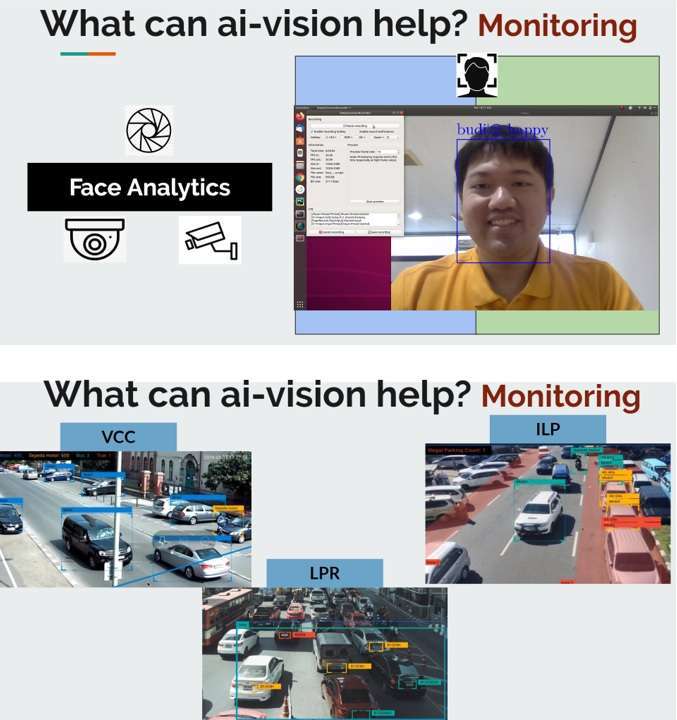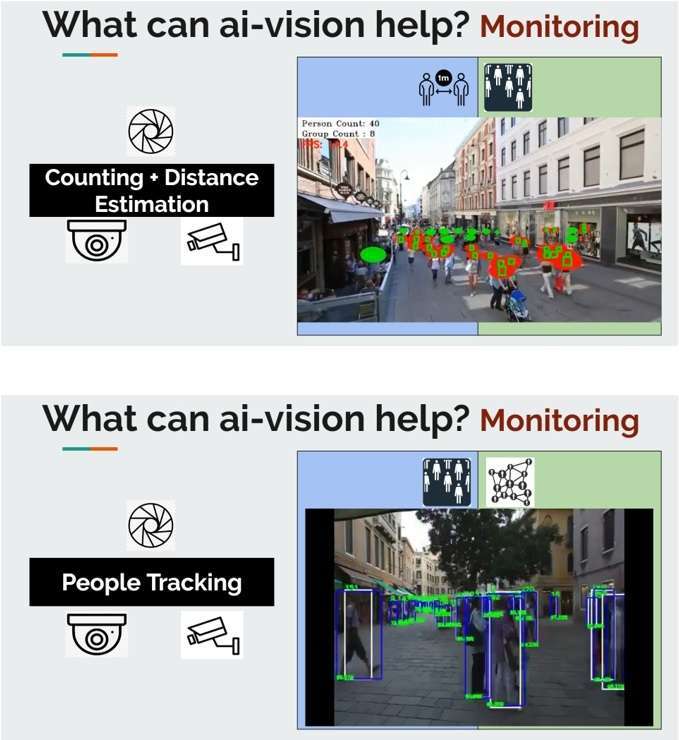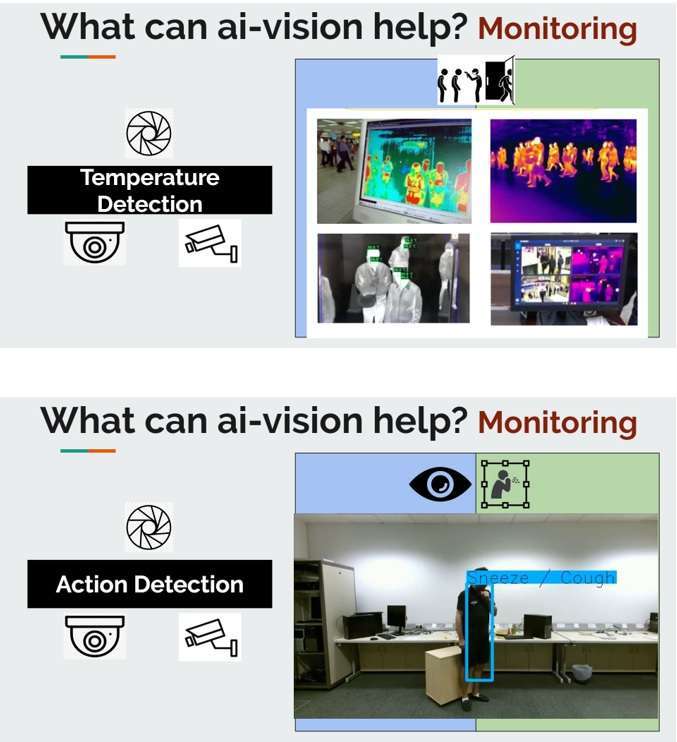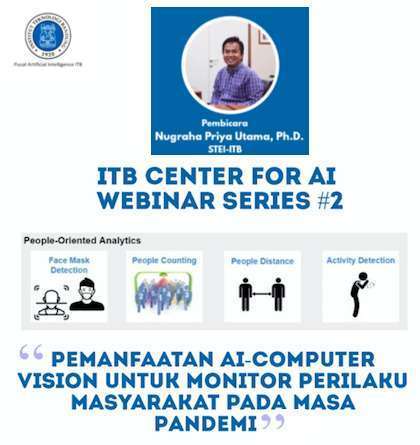Nugraha Priya Utama in the Webinar on Using AI-Computer Vision to Monitor Community Behavior during the Pandemic
BANDUNG, itb.ac.id – The Center for Artificial Intelligence, Bandung Institute of Technology, held a webinar with the theme “Using AI-Computer Vision to Monitor Community Behavior during the Pandemic Period”, last Wednesday, May 20, 2020. The webinar was filled with a presentation from Nugraha Priya Utama, Ph.D. , Lecturer at the School of Electrical Engineering and Informatics (STEI) ITB.
The purpose of holding the webinar is to explain, what AI-Vision can do to help monitor the community regarding the new normal conditions that will occur, be it in schools, places of worship, airports, offices, bus / train stops, libraries, or outdoors such as on the streets, tourist attractions, sports venues, parks and other facilities.
He, who is often called by the name Utama, explained that AI-Vision or computer vision is part of artificial intelligence which trains computers to interpret, interpret or understand things related to visuals or human vision. “This visual computer uses images obtained from digital or video cameras, from deep learning-based models, which can identify and clarify objects. So the main goal of AI-Vision is to visually automate human tasks, ”said Utama in his presentation.
The lecturer at the School of Electrical Engineering and Informatics (STEI) ITB added that there are three basic steps that always exist in computer vision. First, namely acquiring image (collection of images), processing the image (processing images), and understanding the image (understanding / interpreting images). “One of the things that allows computer vision to be utilized is to monitor people’s behavior both indoors and outdoors. Like whether people wear masks or not, crowd or not, keep their distance or not in the midst of a pandemic like now. AI computer can also measure temperature automatically, health, or can even monitor traffic density, age estimation, and others, “he said.
The ITB AI Research Center itself has carried out a community monitoring process using AI-Vision in collaboration with Prose AI. The first model is Vehicle Classification and Counting (VCC), which is combined with License Plate Recognition (LPR) and Illegal Parking (LP). Its use can be done indoors or outdoors. For example, it is to monitor parking lots associated with the number of visitors at a shopping center. “Indoor use can be done, for example to regulate the number of vehicles entering the gas station, can we see whether the vehicle uses the fuel it is intended for or not, uses subsidized fuel or not?” he said.

* Several AI-Vision Models from the ITB AI Center for the welfare and safety of the community during the COVID19 pandemic
The model that was built was with the Yolo V3-Tiny trained and managed with a dataset of photos of various types of vehicles, vehicle types and vehicle license plates. He explained that the flow of inference for VCC was easier when getting input from CCTV then detecting vehicles and classifying their types and quantities. This is also done to detect vehicle number plates. However, for the IP model or illegal parking monitoring, the first is the set area. When a vehicle enters, CCTV will calculate the time, whether it violates the maximum time limit for parking or not.
The second model is monitoring people who are not wearing masks. The aim is to anticipate that if the PSBB rules are relaxed, there are still many people roaming around without wearing proper and correct masks, so the area management can take further action. This model was developed with the ability to recognize faces and distinguish faces that are masked or not.

* Several AI-Vision Models from the ITB AI Center for the welfare and safety of the community during the COVID19 pandemic
“Broadly speaking, we built this second model with Single Shot Detector (SSD) and deep CNN. Then we enter a dataset of hundreds of thousands of local Indonesian faces and their existing attributes. For the inference, the camera will first detect the face, then classify the face whether to wear a mask or not, and if we don’t wear a mask, we can detect it based on the existing data base, “he explained.

* Several AI-Vision Models from the ITB AI Center for the welfare and safety of the community during the COVID19 pandemic
In addition, the Center for Artificial Intelligence ITB has also carried out a model to estimate the distance between people and calculate the number of humans recorded indoors and outdoors. The goal is to see whether the community has implemented physical distancing or not.
Utama and the team have also created a model for monitoring human movement in general. “Hopefully, every human movement recorded by CCTV through a human movement model can be followed and carried out tracing,” he said.

